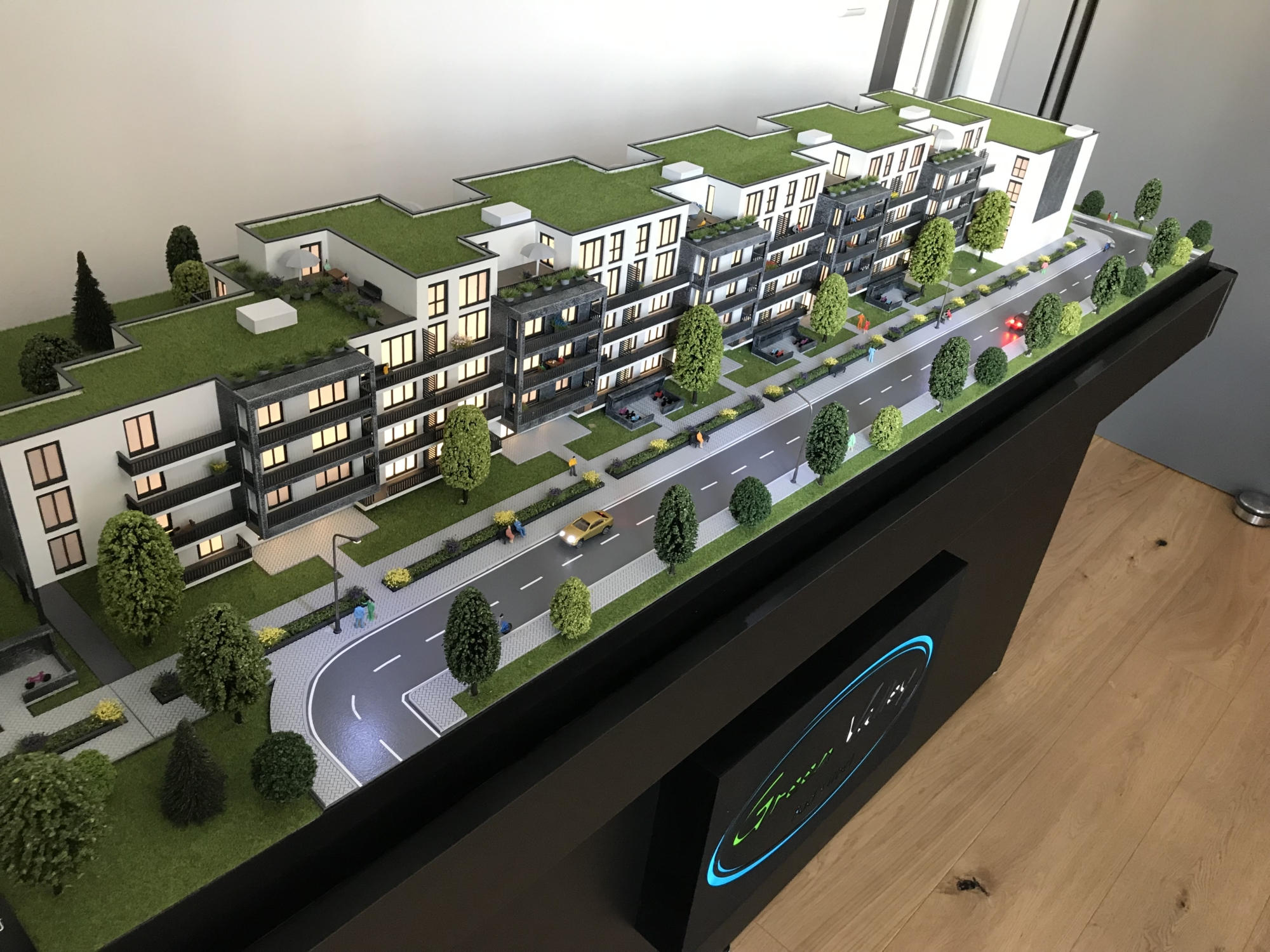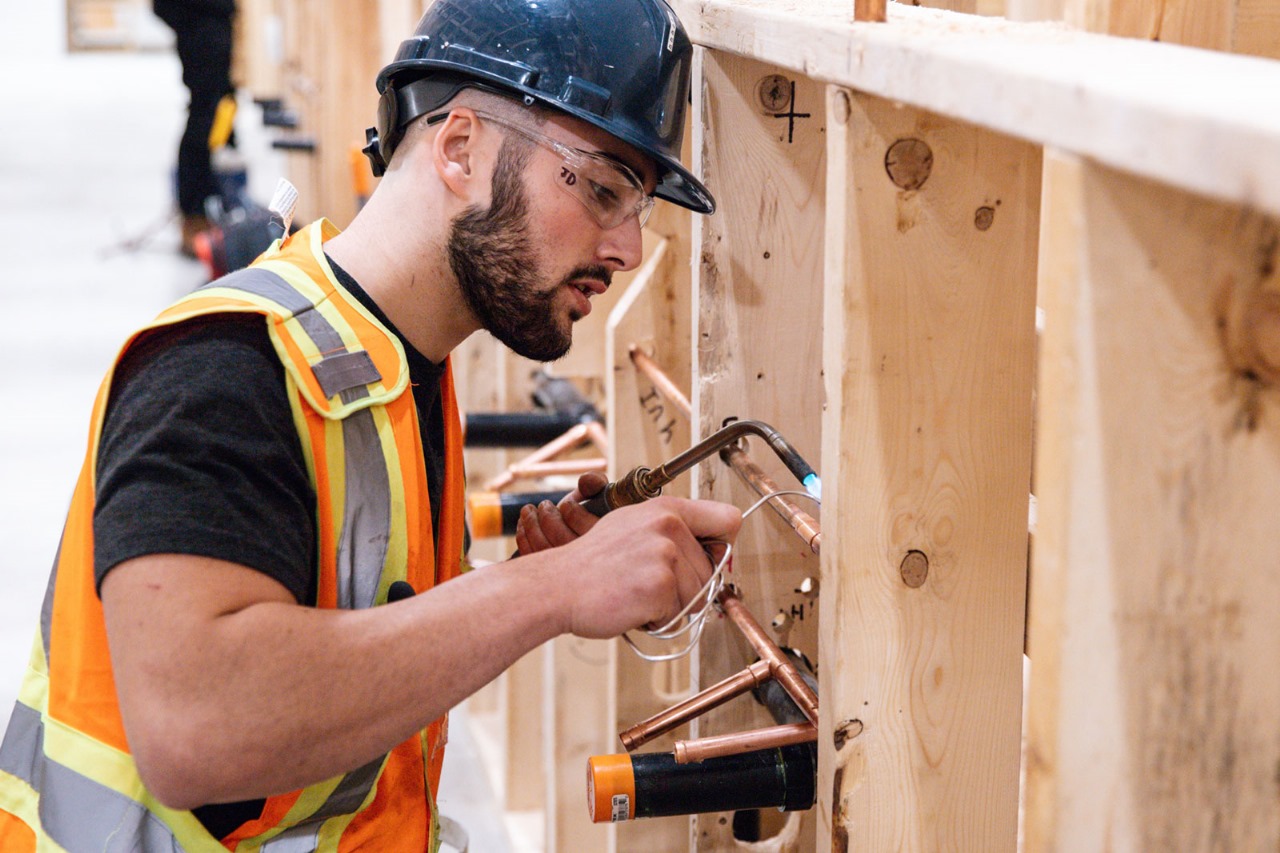Understanding Architectural Model Making
What is Architectural Model Making?
Architectural model making is the art and science of creating physical representations of architectural designs. These models range from simple sketches in three dimensions to intricate, detailed representations that showcase every aspect of a proposed structure. The primary purpose of these models is to convey the architect’s vision clearly to clients, stakeholders, and the public. Architectural models not only help in visualizing the structure but also in understanding the spatial relationships, proportions, and contextual aspects of the designs.
Importance of Architectural Models in Design
Architectural models play a critical role in the design and presentation phases of architectural projects. They aid architects in evaluating the aesthetics and functionality of their designs. Physical models can help test the viability of various design elements—such as light, shadow, and materials—before they are brought to life. By creating tangible representations, architects can facilitate better discussions with clients, ensuring that their vision aligns with expectations.
Moreover, models are fundamental for team collaboration, allowing architects, engineers, and stakeholders to understand and assess a project from different perspectives. They also serve as excellent promotional tools, helping architectural firms showcase their skills and creativity. If you are looking for a reliable architectural model maker Berlin, consider how these aspects enhance the persuasive power of models in various architectural discussions.
Types of Architectural Models
Architectural models can be classified into several categories based on their purpose and level of detail:
- Presentation Models: These are highly detailed and polished models used for marketing and presentations. They often include realistic landscaping and lighting.
- Conceptual Models: Simplier and more abstract, these models are used to convey initial design ideas. They focus on massing and spatial relationships rather than fine details.
- Working Models: These models include movable parts and are often used to demonstrate functionality or circulation within the structure.
- Site Models: These represent the surrounding landscape and topography where the building will be constructed, helping to understand its integration into the environment.
- Scaled Models: Depending on the project requirements, models may be built to various scales to reflect the actual size of the intended structure accurately.
Choosing an Architectural Model Maker in Berlin
Qualities to Look For
When selecting an architectural model maker in Berlin, it’s essential to consider various qualities that can significantly impact the outcome of your project. The most critical attributes to look for include:
- Expertise: A solid track record in model making, particularly in creating architectural models, is key. Expert model makers will have the necessary skills and experience to understand complex designs.
- Attention to Detail: Precision is paramount in architectural model making. A good model maker should demonstrate meticulous attention to detail in their previous works.
- Creativity: Ability to think outside the box and provide unique solutions to challenges that arise during the model-making process.
- Communication Skills: Excellent communication is essential to ensure that the model maker understands your vision and can articulate potential improvements or challenges effectively.
- Use of Technology: Familiarity with the latest technologies, including 3D printing and computer-aided design (CAD) software, enhances the quality and efficiency of the model-making process.
Credentials and Portfolio Review
Before settling on a model maker, review their portfolio to get a sense of their style and the types of projects they have completed. Look for diversity in their work, indicating versatility across different architectural styles and complexities. Additionally, consider contacting past clients to gauge their satisfaction with the model maker’s work, timeline adherence, and mentorship throughout the process. Credentials, such as membership in professional organizations or awards, can also indicate a professional level of expertise.
Cost Estimates and Budget Planning
The cost of architectural model making can vary widely based on several factors, including the model’s size, complexity, and materials used. Generally, simpler conceptual models may start around €2,000, while detailed presentation models can range from €5,000 to €20,000 or more. It’s vital to discuss budget constraints upfront with the model maker, as they can provide a tailored quote based on your specific requirements. Additionally, a good architectural model maker will be transparent about costs and any potential extra fees that may arise during the project.
Innovative Techniques in Model Making
Traditional vs. Modern Techniques
Architectural model making has evolved significantly over the years. Traditional techniques involved handcrafting each component using materials like wood, plastic, and cardboard. While these methods still hold importance, modern techniques leverage technology to enhance efficiency and precision.
Modern model makers often utilize 3D printing, allowing for rapid prototyping and the creation of complex geometries that would be challenging to achieve manually. Despite the rise of digital technologies, combining both traditional craftsmanship with modern techniques often produces the most striking results. The balance between these methodologies can yield models that are both aesthetically pleasing and highly functional.
Materials Used for Durable Models
Choosing the right materials is crucial for the durability and visual impact of architectural models. Common materials include:
- Wood: Known for its versatility, wood provides a warm aesthetic and is easily workable with tools.
- Acrylic: A lightweight, clear material often used for modern design models, allowing light to penetrate and enhance the visual appeal.
- Foam Board: Affordable and easy to manipulate, foam board is popular for quick conceptual models.
- 3D Printing Materials: Various plastics and resins used in 3D printing can create highly detailed and complex structures, excelling in scales and intricacies not easily achievable through traditional means.
Integrating Technology in Model Making
Technology integration in architectural model making can revolutionize the way models are created and utilized. Software such as CAD and BIM (Building Information Modeling) allows for precise design alterations that can be reflected instantly in model changes. Furthermore, virtual reality (VR) and augmented reality (AR) technologies provide immersive experiences that enhance understanding of architectural spaces, and many firms are beginning to incorporate these technologies in their marketing efforts. The fusion of technology and artistry will likely define the future landscape of architectural model making.
Case Studies: Successful Projects by Architectural Model Makers
Highlighting Renowned Projects in Berlin
Berlin boasts a vibrant architectural scene, with numerous successful projects showcasing the skill and creativity of its architectural model makers. One notable project is the Kunsthaus Tacheles, which was revived and reimagined by various architectural firms. The model used during the revitalization process effectively showcased design changes, ensuring alignment with city planners and stakeholders while capturing the essence of the original structure.
Another remarkable project is the Berlin Hauptbahnhof (Berlin Central Station), where intricate models were pivotal in visualizing the station’s complex layout. The model-making process facilitated essential discussions regarding the transit flows and the relationship between different transportation modalities, which streamlined the planning process.
Feedback from Clients and Architects
Feedback from clients and architects highlights the value that well-crafted models bring to various projects. Many architects note that using physical models enhances their communication with clients, making it easier to explain ideas and adapt based on feedback. Clients appreciate being able to see and touch a representation of their future investment, gaining a deeper understanding and emotional connection to the project. This multidimensional relationship between model makers and architects showcases the collaborative nature of architectural design.
Lessons Learned from Model Making Challenges
Like any field, architectural model making comes with its challenges. Some of the common issues include communication breakdowns between architects and model makers, unclear project specifications, and changing client expectations. Successful case studies reveal that establishing well-defined project scopes and regular check-ins between all parties can mitigate these challenges. Additionally, embracing a flexible approach allows model makers to adapt designs based on client feedback, ultimately leading to a more satisfactory product.
The Future of Architectural Model Making
Trends in Architectural Design and Model Making
The landscape of architectural design is ever-evolving, and so is the practice of architectural model making. Current trends show a marked shift towards sustainability, with many architects prioritizing eco-friendly building practices. Consequently, model makers are also adapting by utilizing sustainable materials to craft their models and minimizing waste in the production process.
Furthermore, as architectural designs become more complex, the demand for dynamic, interactive models is anticipated to rise. This trend encourages model makers to innovate continually and incorporate modern technology into their workflows.
Sustainability and Eco-Friendly Practices
As awareness of environmental issues grows, architectural model makers are increasingly adopting sustainable practices. This trend includes sourcing materials from renewable resources, recycling unused materials, and employing techniques that minimize waste. By integrating sustainable practices into their workflows, model makers not only contribute positively to the environment but also align with the broader goals of the architectural community focused on eco-friendly design.
Predictions for the Industry in Berlin
Looking ahead, the architectural model making industry in Berlin is likely to witness continuous evolution driven by technological advancements and shifting client expectations. The integration of AI and machine learning may further streamline model-making processes, improving accuracy and reducing lead times. Moreover, as the city grows and embraces innovative designs, the role of skilled model makers will remain crucial in turning those visions into reality.
Architectural model making is more than just crafting a miniature representation; it’s about transforming concepts into visible, tangible forms that enhance understanding and communication in architectural projects. With a focus on quality, innovation, and sustainability, architectural model makers in Berlin are well-equipped to meet the demands of a dynamic industry.


